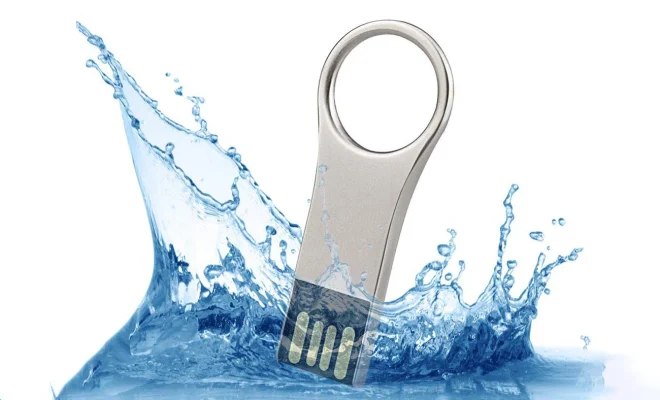3G vs. 4G Technology

In today’s fast-paced digital age, staying connected to the internet is more important than ever. Mobile networks have evolved over the years to meet this growing demand for faster and more efficient connectivity. The introduction of 3G technology was a turning point in the ability to browse the internet, stream videos and make video calls. However, with the launch of 4G technology, it seemed like mobile connectivity had reached new heights.
3G technology, introduced in the early 2000s, was a significant upgrade from the earlier 2G technology. It offered faster data transfer rates, higher download speeds and better call quality. It had the potential to enable users to access the internet from their mobile devices, which brought about a new level of convenience. The technology made it possible to browse the internet, send emails, send and receive images, as well as make video calls from a smartphone.
However, the introduction of 4G technology took mobile connectivity to a whole new level. Launched in 2010, it was a successor to 3G technology and had many significant improvements over it. 4G technology brought ultra-fast internet speeds, HD video calling and streaming, and seamless internet browsing to mobile devices. It enabled users to access and download large files quickly, stream high-definition videos without buffering and make high-quality video calls from their smartphones.
One of the significant differences between 3G and 4G technology is their connection speed. 3G technology offered speeds ranging from 144 kilobits per second (kbps) to 42 megabits per second (Mbps). In contrast, 4G technology provides speeds ranging from 100 to 300 Mbps, while some companies claim to offer even faster connections, going up to 1 gigabit per second (Gbps). The higher data transfer rate on 4G technology makes it possible to stream high-definition videos and download large files within seconds, something that would take much longer on 3G technology.
The other notable difference between 3G and 4G technology is the range offered. 3G was suitable for most urban and suburban areas, while 4G networks can extend their range to rural regions. This range extension allowed more users to access high-speed internet, making it easier to get work done online or communicate with others from anywhere.
In conclusion, both 3G and 4G technologies have made significant contributions to mobile connectivity. Both technologies have changed the way people interact with the internet, and while they may have similar functions, 4G technology is a superior form of connectivity. With data transfer rates up to 1Gbps, its faster download and upload speeds, wider range, and more stable connections, it’s not surprising that it is the preferred technology for many people across the globe. As technology continues to evolve, it’s likely that we will see even more advanced mobile connectivity in the future.





